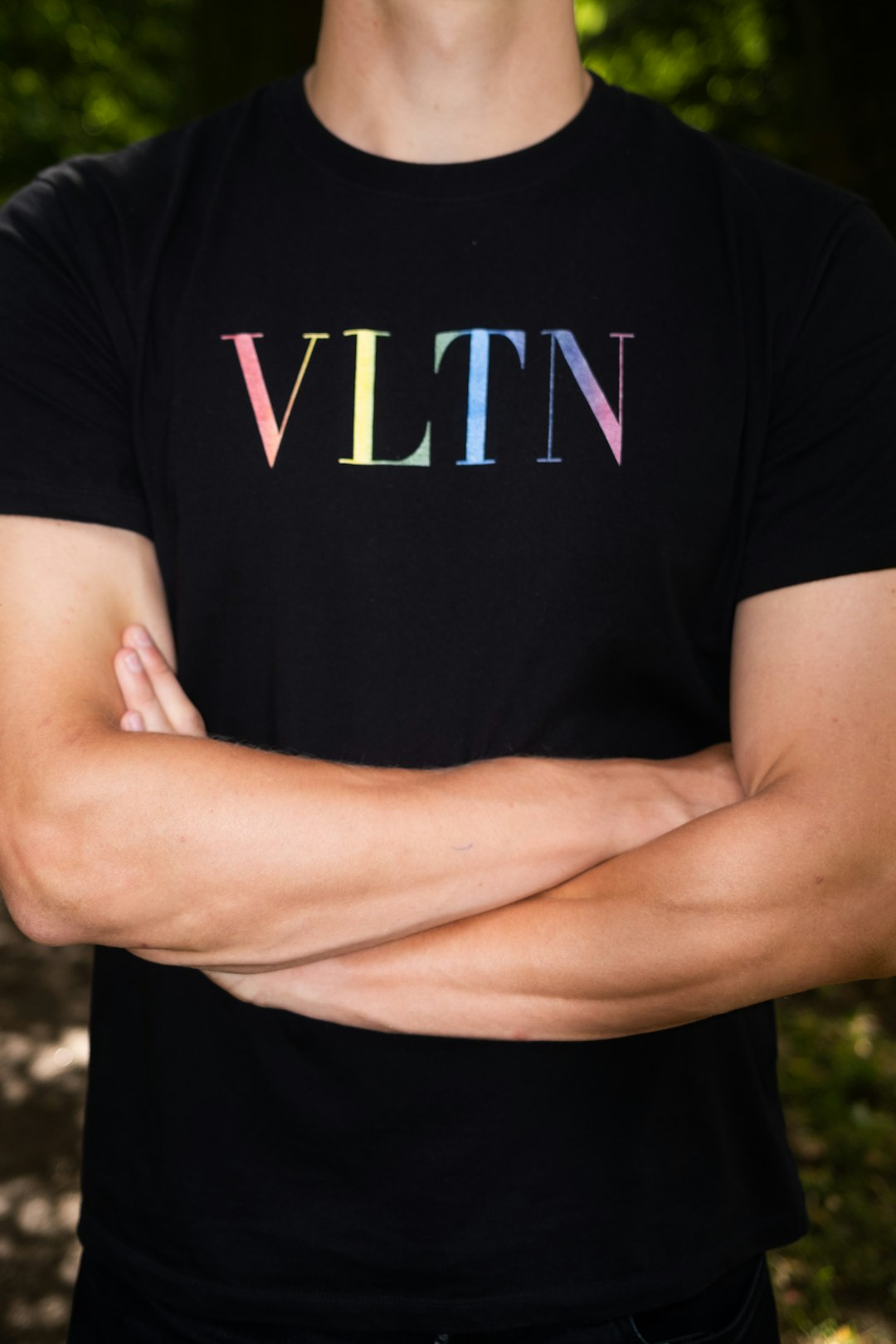In the world of print-on-demand (POD) fashion and accessories, logos are not just graphic elements—they are the linchpins of brand identity and market differentiation. Whether you’re decorating t-shirts, totes, or hoodies, the right logo can drastically influence buying decisions and customer loyalty. Consumers today aren’t just buying apparel; they’re buying into a story and a style. This makes your logo not only an artistic endeavor but a deeply strategic one.
TLDR:
Logos are fundamental to success in the print-on-demand industry. They serve as a bridge between your brand’s identity and your customers’ perceptions. A thoughtfully designed logo will look professional across various items like t-shirts, totes, and hoodies, while also contributing to brand recognition and customer trust. Investing time in design, testing, and consistency is crucial to long-term results.
Why Logos Matter in Print on Demand
When it comes to printed merchandise, especially in a crowded space like POD, branding is everything. A compelling logo can elevate an otherwise ordinary t-shirt into a must-have fashion staple. It’s your visual handshake with potential buyers, communicating quality, style, and the essence of your brand in a glance.
More than just a symbol, your logo serves multiple key functions:
- Recognition: A unique and clear logo makes your merchandise instantly identifiable.
- Consistency: Using the same logo across different products builds trust and familiarity.
- Credibility: High-quality design signals professionalism and reliability.
T-Shirt Logos: Getting the Basics Right
Among all wearable products, t-shirts are the most common item in POD catalogs. However, that also means stiff competition. Your logo needs to do the heavy lifting—drawing eyes and prompting action.
Design Considerations
On t-shirts, logos should be scalable, legible, and impactful. Whether someone is viewing your shirt up close or across the street, the logo should remain clear. Complexity is your enemy here.
- Keep it simple: Avoid over-designed logos with tiny typography or ultra-thin lines.
- Contrast effectively: Ensure the logo color contrasts with the shirt color for best visibility.
- Placement matters: Most logos go on the chest pocket area or center—but don’t be afraid to try unconventional placements.

Logos on Tote Bags: Function Meets Fashion
Totes have gained popularity due to their practicality and eco-friendliness. Yet, they’re also fashion statements. A good logo on a tote not only defines the bag’s aesthetic appeal but extends your brand’s visibility into everyday usage—from grocery shopping to office commutes.
Best Practices for Tote Logos
Spacing and layout are crucial because most tote bags are relatively flat and offer a consistent print surface. That said, the simplicity of the canvas doesn’t mean the design should be dull.
Here are some tips:
- Bold lettering: Text-heavy logos can work well on totes if spaced properly and kept bold.
- Vertical symmetry: A vertically centered logo provides a balanced, professional look.
- Color durability: Choose colors that hold up well with fabric weaves and won’t fade quickly after a few washes.
Hoodies and the Challenge of Texture
Hoodies are popular items for both comfort and streetwear appeal. However, printing on hoodies presents unique challenges compared to t-shirts or totes. The textures, seams, and drawstrings can interfere with logo visibility and placement.
Adapting Your Logo for Hoodie Formats
A successful hoodie logo takes into account the garment’s structural quirks. Here’s what to keep in mind:
- Front vs. back: Many brands opt to place logos on the back or sleeves to avoid interference from hoodie strings on the front.
- Layering and fabric weight: Heavy sweats absorb ink differently compared to lightweight tees. Ensure your logo colors won’t bleed or distort.
- Complex logo shapes: Because hoodies offer more space than t-shirts or totes, your logo can afford to be slightly more elaborate—within reason.

Common Mistakes to Avoid
Even with a great design, many brand owners make simple yet costly mistakes when applying logos to POD products. Avoiding these can save both money and reputation.
- Ignoring file resolution: Always use vector files or high-resolution images to avoid pixelation.
- Inconsistent branding: Maintain uniform logo sizing and colors across different products.
- Trend chasing: Don’t make your logo overly trendy unless your entire brand is built on temporal relevancy.
Testing and Feedback
Before rolling out your design across a full product line, gather honest feedback. Create mockups using real-world images and conduct A/B testing on social media or your e-commerce platforms. The insights can be game-changing.
- Use minimal viable products (MVP) to test logo appeal.
- Run polls and encourage customer feedback.
- Make iterative improvements based on performance.
Tools and Software Recommendations
If you’re not a professional designer, fear not. There are reliable tools that make logo creation more accessible. Consider these trusted platforms:
- Canva: Great for beginner-friendly drag-and-drop design templates.
- Adobe Illustrator: Industry-standard tool for creating professional, scalable vector logos.
- Looka: AI-powered logo generator that can help with conceptual ideas.
Remember, no tool can replace a strong concept, but they can help bring your ideas to life effectively and affordably.
The Importance of Scalability and Versatility
Your logo must work seamlessly on a wide range of formats and sizes. A logo that looks amazing on a desktop screen might not translate well to a screen-printed hoodie or embroidered tote.
Design your logo in black and white first. A design that works without color usually stands the test of versatility:
- Use vector-based designs for infinite scalability.
- Ensure the logo works on both light and dark backgrounds.
- Test your logo in different environments—on a model, on a close-up, and in lifestyle shots.
Conclusion: Think Long-Term
A strong logo isn’t just about good looks—it’s about sustainability, versatility, and emotional resonance. As a print-on-demand entrepreneur, your logo will live on every hoodie, tote, and t-shirt you offer, becoming the face of your brand over time.
Invest in the design process, test thoroughly, avoid cookie-cutter solutions, and above all, be consistent. Good logos don’t just sell products—they build communities and drive long-term brand growth.
